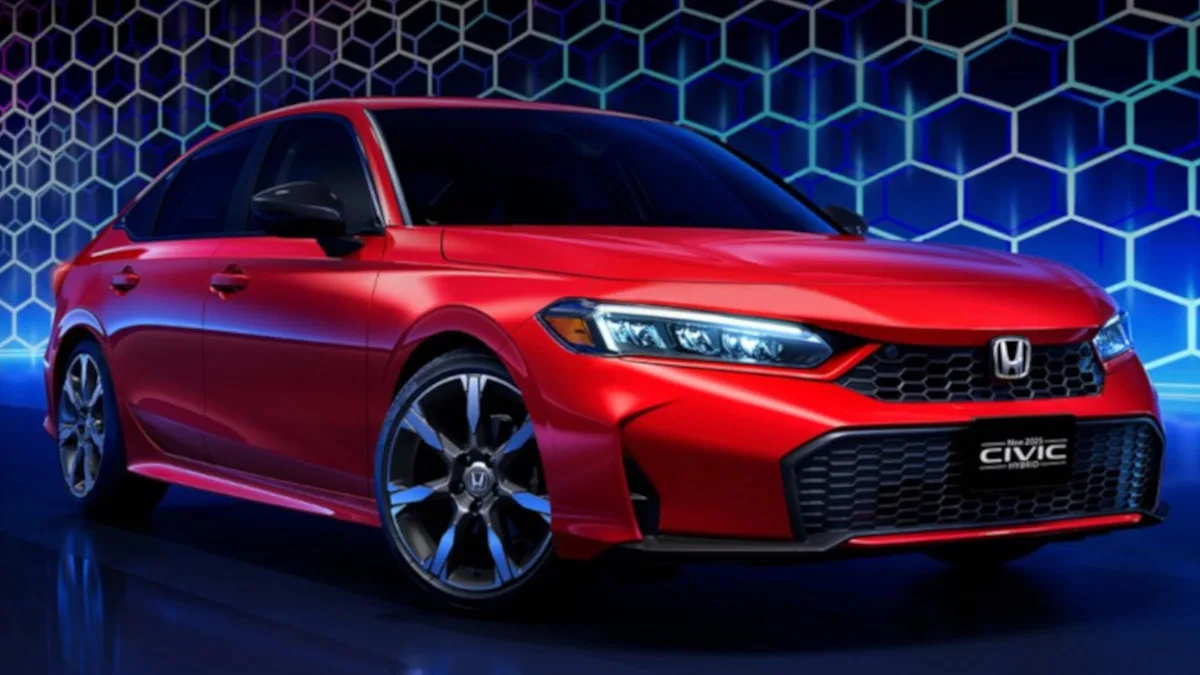
In the dynamic landscape of automotive safety, the Mahindra Scorpio N has recently undergone scrutiny by the Australian New Car Assessment Program (NCAP), resulting in a noteworthy 0-star rating. This evaluation, a crucial benchmark for consumer awareness and confidence, has shed light on both strengths and weaknesses within the Scorpio N’s safety features.
Adult Occupant Protection: Decoding the Numbers
The SUV’s performance in adult occupant protection revealed a mixed bag of results. Scoring 44%, the Scorpio N demonstrated stability in the front offset test, showcasing commendable protection for the driver’s chest and lower legs. However, the full-width frontal test raised concerns with a weak rating for the driver’s chest. In the side impact test, while critical body regions received good protection, an unsettling observation of the driver’s seatbelt unlatching during impact increased the risk of potential injury.
Child Occupant Safety: A Closer Look
Child occupant safety is a paramount concern for any family-oriented vehicle, and the Scorpio N earned an 80% rating in this category. The full-width frontal test indicated weak protection for the driver’s chest but good results for all other critical body areas. In the side impact test, both child dummies received good protection. The absence of an Autonomous Emergency Braking (AEB) system and a lane support system, however, leaves room for improvement in ensuring the safety of younger passengers.
Detailed Crash Test Analysis
Frontal Offset Test
The Scorpio N showcased stability in the passenger compartment during the frontal offset test. Adequate protection for the driver’s chest and lower legs underscored a commitment to frontal impact safety. Other critical body regions for both the driver and front passenger received good protection, emphasizing Mahindra’s dedication to comprehensive safety measures.
Full-Width Frontal Test
The weakness observed in the full-width frontal test for the driver’s chest raises questions about the overall robustness of the Scorpio N’s frontal impact safety. However, the protection of other critical body areas, especially for the driver, remains commendable. The poor protection of the rear passenger’s head, neck, and chest highlights areas that demand immediate attention for future enhancements.
Side Impact Test
While the side impact test revealed good protection for critical body regions of the driver, an alarming observation of the driver’s seatbelt unlatching during impact poses a notable safety concern. Addressing this issue is imperative to ensure optimal safety performance in real-world scenarios.
Oblique Pole Test
The oblique pole test demonstrated marginal protection for the chest of the driver but secured good results for other critical body regions. This nuanced analysis emphasizes the need for Mahindra to refine specific safety aspects to achieve a more comprehensive safety profile.
Child Dummy Evaluation: An In-Depth Assessment
Frontal Offset Test for Child Dummies
In the frontal offset test, the 10-year-old child dummy’s neck and chest protection were rated as marginal. Despite this, the overall protection for both child dummies was deemed good. This nuanced evaluation provides valuable insights into areas that warrant focused improvements, ensuring enhanced safety for passengers of all ages.
Side Impact Test for Child Dummies
The side impact test yielded positive results, with both child dummies receiving good protection. This aspect of the Scorpio N’s safety performance is commendable and aligns with the vehicle’s commitment to safeguarding younger occupants.
Airbag Configuration and Missing Safety Features
The Scorpio N comes equipped with dual frontal, side chest-protecting, and side head-protecting airbags, demonstrating a dedication to mitigating the impact of collisions. However, the absence of an Autonomous Emergency Braking (AEB) system and a lane support system leaves room for improvement in collision avoidance capabilities.
Discover more from Wheels Craze - Automotive News, EV News, Car News, Bike News
Subscribe to get the latest posts to your email.




